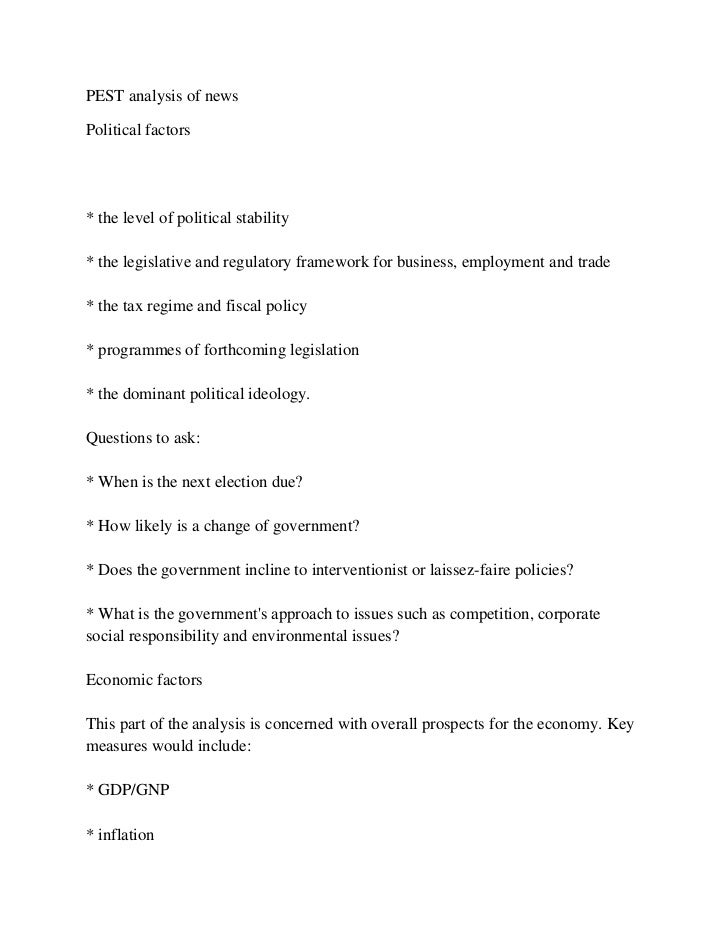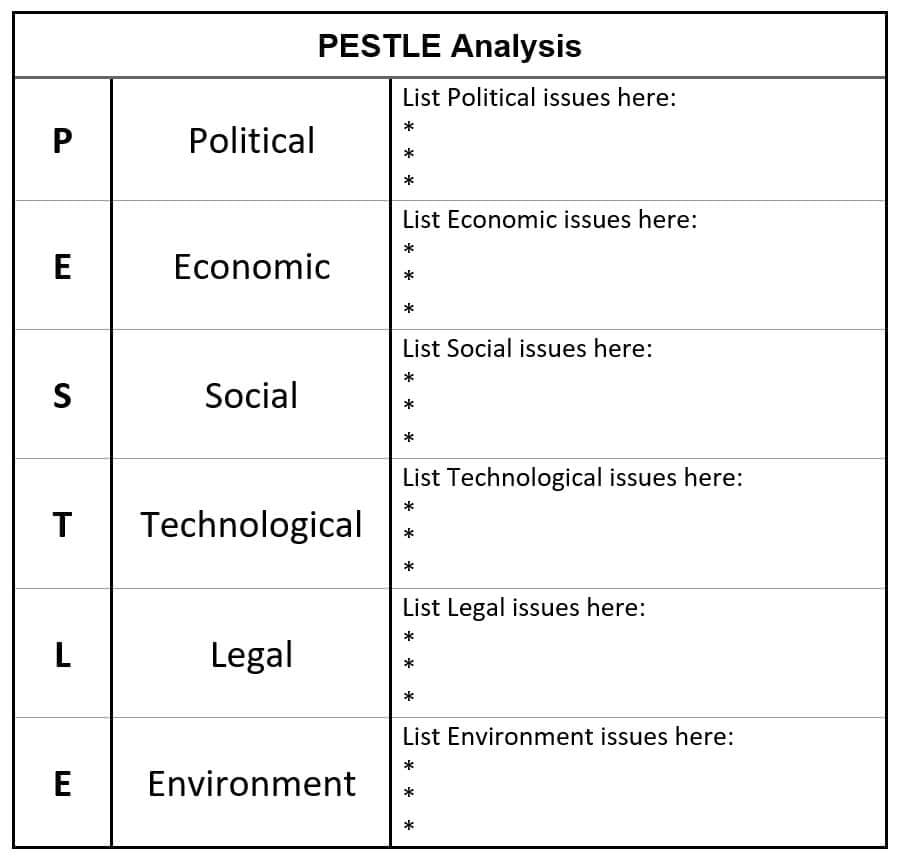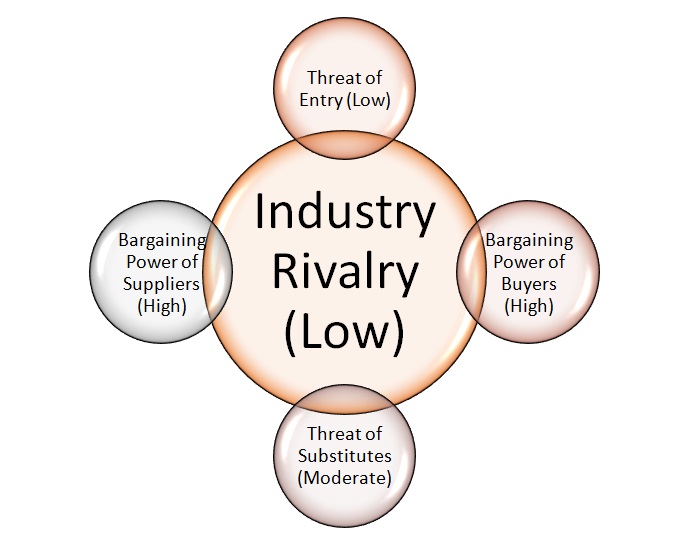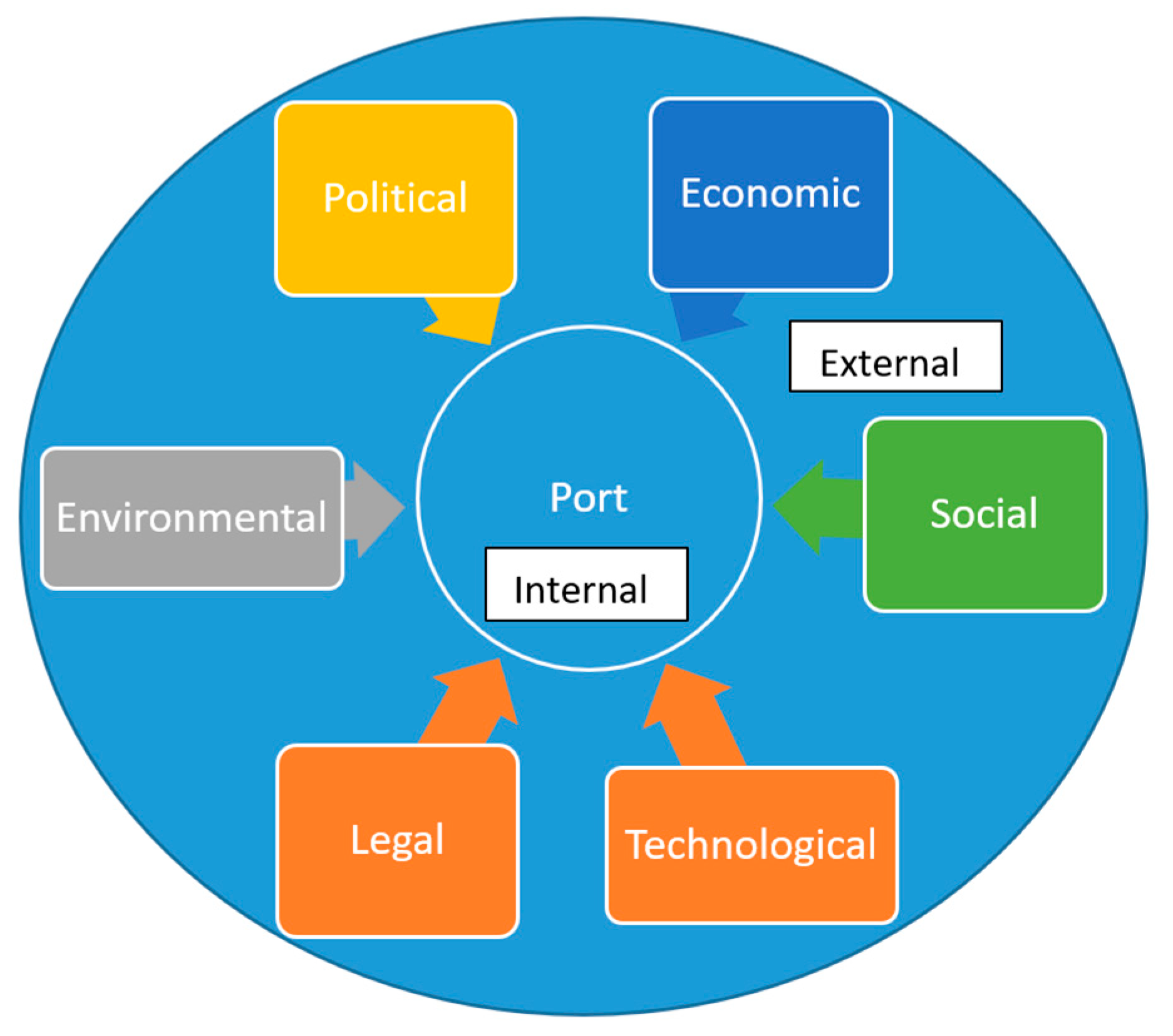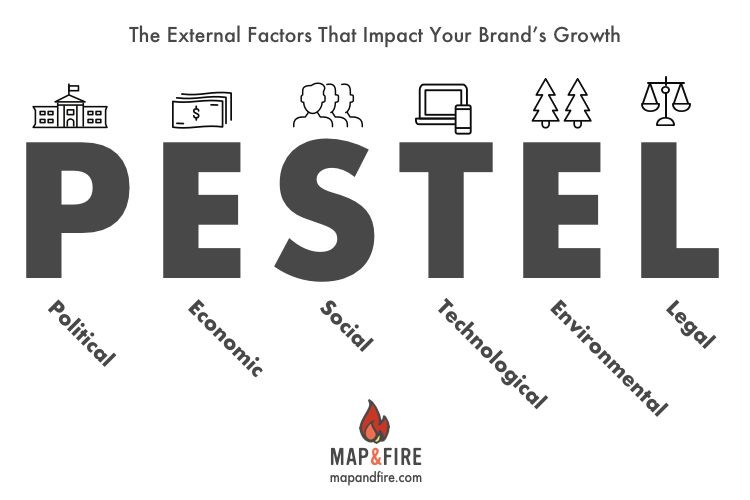Pestle analysis is a tool used to analyze and evaluate the external factors that can impact an organization. It stands for Political, Economic, Sociocultural, Technological, Legal, and Environmental factors. Pestle analysis can help organizations understand the external environment in which they operate and make informed decisions about their strategies and operations. However, it is important to recognize that there are some limitations to this tool.
One limitation of pestle analysis is that it only considers external factors. While external factors are important, they are only part of the picture. Internal factors, such as organizational culture, leadership, and resources, also play a significant role in an organization's success or failure. Pestle analysis does not take these internal factors into account, so it cannot provide a complete picture of an organization's situation.
Another limitation of pestle analysis is that it is based on assumptions and assumptions are always subject to change. The external factors that Pestle analysis considers are often dynamic and can change quickly. For example, political situations can change rapidly due to elections, revolutions, or other events. Economic conditions can also change rapidly due to factors such as inflation, recession, or changes in consumer demand. Pestle analysis relies on assumptions about these external factors, which means that it can be difficult to predict their future impact on an organization.
A third limitation of pestle analysis is that it is a linear tool, meaning that it only looks at one factor at a time. This can be problematic because the external factors that Pestle analysis considers often interact with each other and can have a synergistic or compounded effect on an organization. For example, a recession may lead to a decrease in consumer demand, which could then lead to a decrease in production and an increase in unemployment. Pestle analysis may not adequately capture these complex interactions between external factors.
Finally, Pestle analysis can be subjective and dependent on the person conducting the analysis. Different people may have different interpretations of the external factors and their potential impact on an organization. This subjectivity can lead to different conclusions about the organization's situation and potential strategies.
In conclusion, Pestle analysis is a useful tool for understanding the external factors that can impact an organization. However, it has limitations, including its focus on external factors, reliance on assumptions, linear approach, and subjectivity. These limitations should be kept in mind when using Pestle analysis and it should be used in conjunction with other tools and techniques to get a more complete understanding of an organization's situation.

